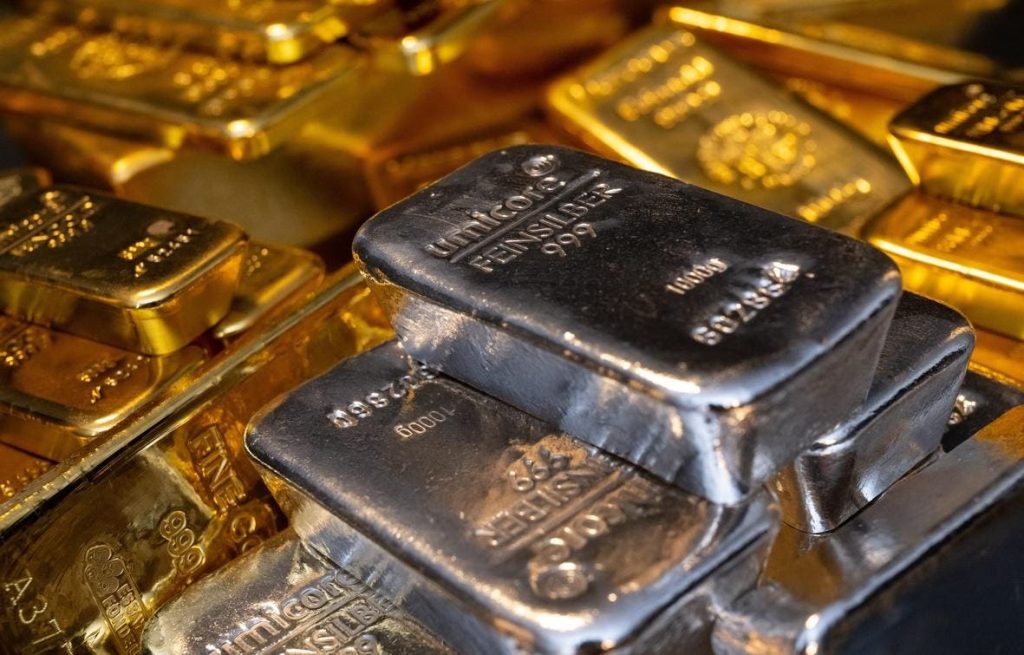Silver has been outperforming gold since the start of the year, driven by the appeal of inflation protection from commodities and growing industrial applications such as electronics and solar power. While gold has risen by 15.8% to $2365 an ounce, silver has seen a 20.8% increase to $28.27/oz. ANZ, an Australian bank, predicts that silver could reach $31/oz by the end of the year, reflecting an 8% growth, while gold could rise by 4.8% to $2500/oz. This has led investors to believe that gold and silver generally trade in harmony, with a ratio of 78 between the two metals.
The gold/silver ratio recently widened to 91, creating an opportunity for silver to catch up and return to the 78-ratio that has been observed over the past 10 years. The current ratio stands at 83.6, indicating that silver is still in the process of closing the gap with gold. ANZ notes that the silver market is structurally undersupplied, with declining inventories held in the London Bullion Market Association and exchanges, driven by increasing demand in jewelry and industry. Silver is especially in demand in electronics and semiconductor production, with industrial applications accounting for around 50% of silver consumption.
Factors contributing to the case for silver include restocking in China and India, major consumers of silver, and sluggish mine supply, as most silver is produced as a by-product of zinc, lead, and copper mining. Expanding silver production could be challenging, particularly in South and Central America where operational difficulties have hindered efforts to increase output. ANZ predicts a 3% growth in silver production to 867 million ounces this year, but this may not be enough to meet demand, which is expected to grow by 4%-5%. The market deficit is anticipated to widen to 138 million ounces, equivalent to 12.5% of demand, leading to further withdrawals from inventories and supporting the price of silver.
Investors likely view silver as an attractive investment option due to its potential for growth, as well as its industrial applications that are aligned with current market trends, such as the increasing demand for electronics and renewable energy technologies. The positive outlook for silver is also driven by factors such as the structural undersupply in the market, declining inventories, and challenges in expanding production from existing mines. As silver continues to close the gap with gold in terms of price ratio, investors may see opportunities for potential gains in their precious metal investments, particularly if the market deficit continues to widen and support the price of silver.
Despite the recent rise in the price of both gold and silver, silver has demonstrated stronger performance and is expected to continue rising at a faster rate. With factors such as growing industrial demand, structural undersupply, and challenges in expanding production, silver has become an attractive option for investors seeking exposure to precious metals. As the market deficit widens and inventories continue to decline, the price of silver is likely to be supported, further validating the belief that gold and silver trade in harmony and close to a specific ratio. Investors may find silver to be a promising investment opportunity with potential for growth as it catches up to gold and reflects the underlying demand dynamics in the market.













